Ivy League Schools: Ranked
What’s the best Ivy League school?
If you’re applying to a number of Ivies, and are trying to decide where to attend if you’re admitted, Prep Expert® can help.
We’ve established our own Ivy League school rankings, based on factors including prestige and academic reputation, student outcomes, and campus quality of life.
If, in the meantime, you want to learn more about our SAT prep or ACT prep courses, then don’t hesitate to do so.
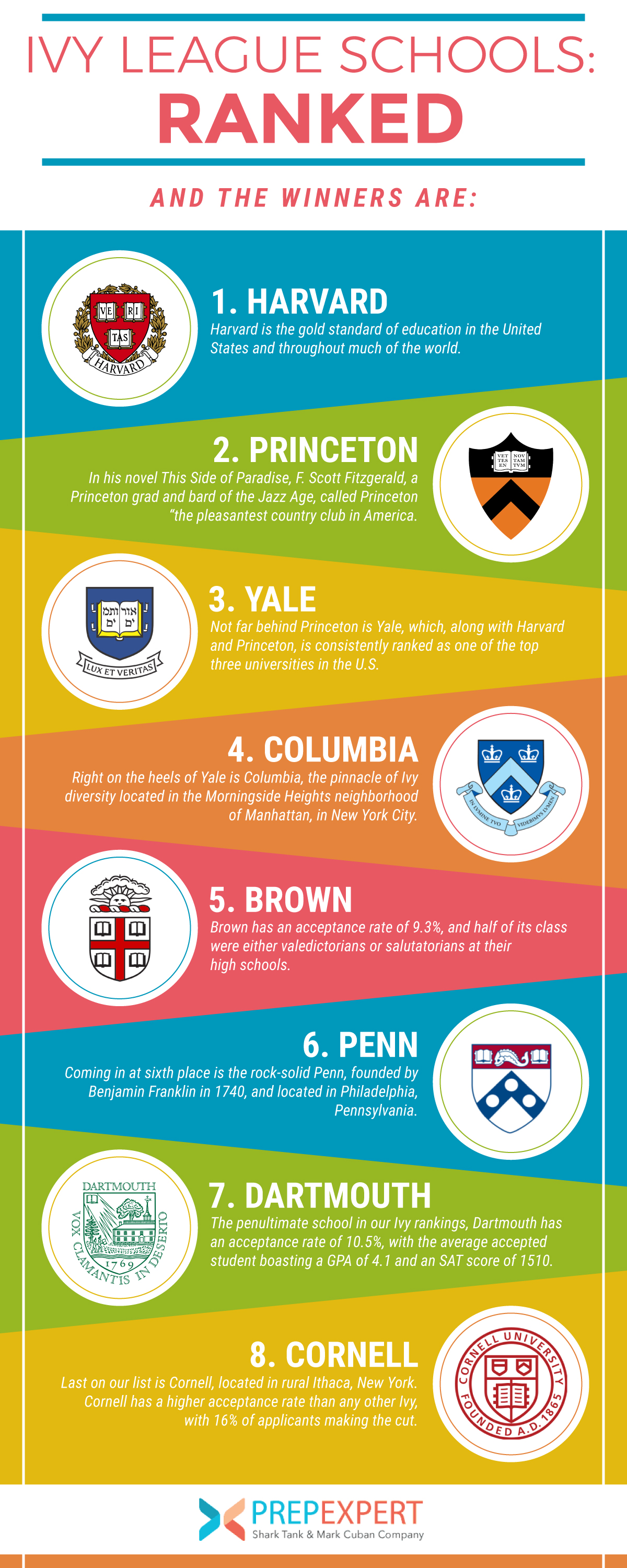
And the Winners Are…
- Harvard
- Princeton
- Yale
- Columbia
- Brown
- Penn
- Dartmouth
- Cornell
Below is an ordered list of each Ivy, and some facts and figures about their admissions, academics, student life, and alums.
[leadmagnet_five]
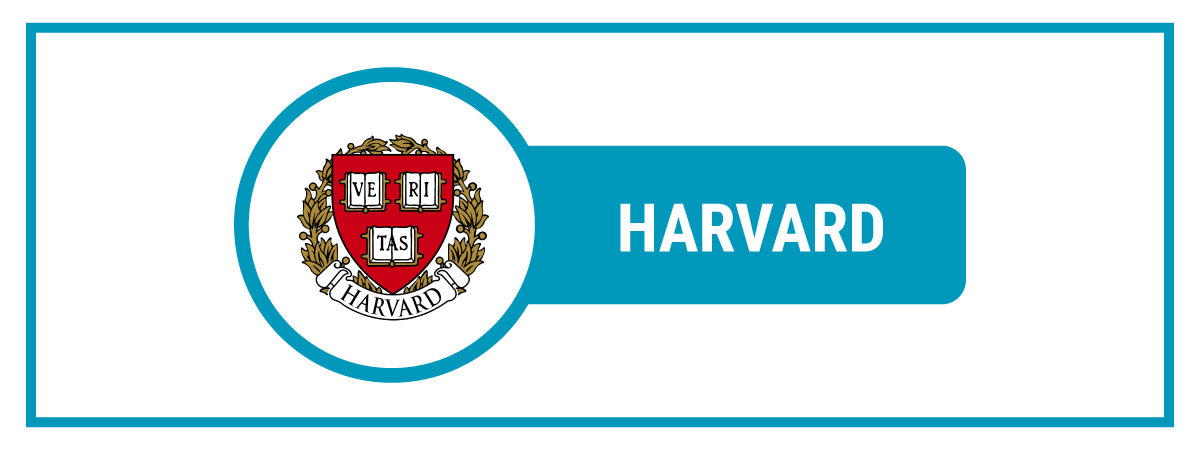
1. Harvard
Harvard is the gold standard of education in the United States and throughout much of the world.
Admissions are hyper-competitive, with 95% of applicants being rejected, including valedictorians and applicants with perfect SAT and ACT scores. But, those accepted benefit from Harvard’s exceptional education, extensive resources, and join the ranks of U.S. Presidents, Supreme Court Justices, Nobel Laureates, and hundreds of other legendary alumni.
Harvard has a $37 billion-dollar endowment, enabling it to offer free tuition to any student who qualifies. Freshmen live in various houses, clustered around the beautiful Harvard Yard in Cambridge, Massachusetts. Harvard institutions are scattered around Cambridge and neighboring Boston.
Harvard’s academic offerings are extensive, with students choosing concentrations ranging from Applied Mathematics to Folklore and Mythology, and from Integrative Biology to Visual and Environmental Studies. Ten years after graduating, the average alum earns an impressive $87,200.
Moreover, they join the ranks of many famous Harvard graduates, including Theodore and Franklin Roosevelt, John F. Kennedy, Bill Gates, and Natalie Portman. Not bad company!
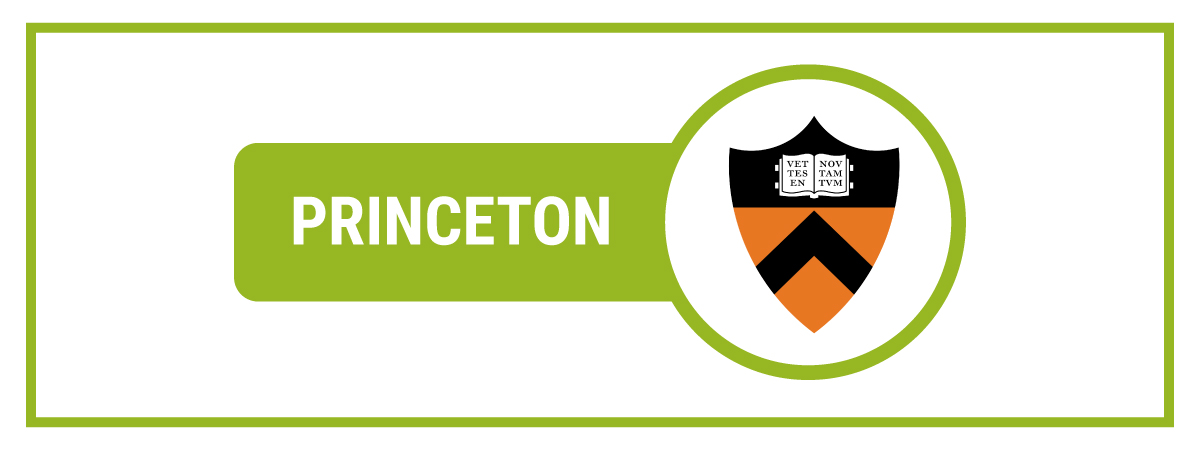
2. Princeton
In his novel This Side of Paradise, F. Scott Fitzgerald, a Princeton grad and bard of the Jazz Age, called Princeton “the pleasantest country club in America.”
Along with its rigorous academics and admissions (its acceptance rate is 6.5%), Princeton offers an enjoyable quality of life on its lush, green campus in Princeton, New Jersey. Its graduates include Brooke Shields, Michelle Obama, and Woodrow Wilson.
Princeton arguably offers the best undergraduate education in the U.S. U.S. News and World Report ranked Princeton’s Economics, Political Science, History, and Math departments as the best in the country. Because Princeton has few graduate programs and no professional schools, professors can devote much more time and attention to undergraduates than at other schools.
The school has a generous financial aid policy, with an average award of $48,000. Students from families earning $54,000 or less pay no tuition. Princeton graduates earn an average salary of $75,000, 10 years after graduating.
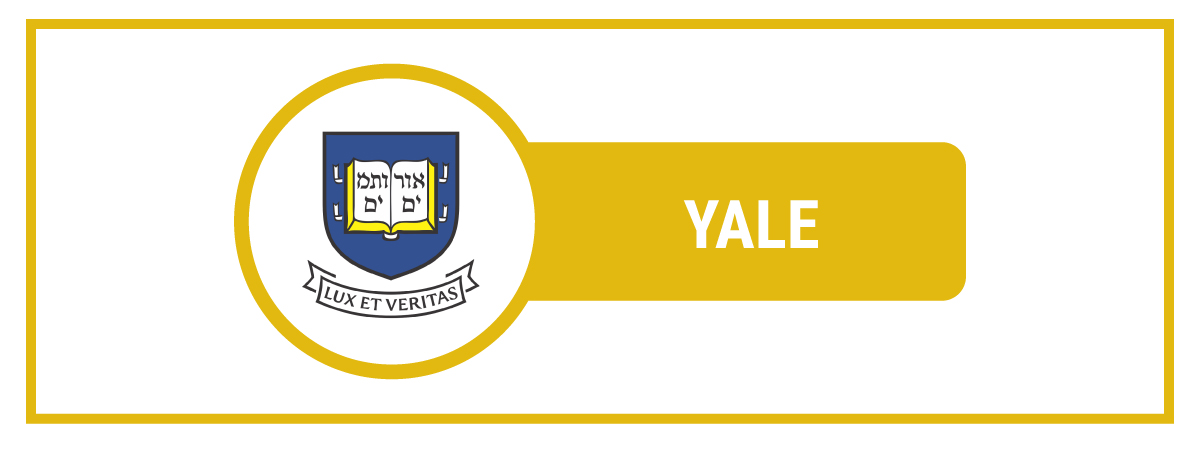
3. Yale
Not far behind Princeton is Yale, which, along with Harvard and Princeton, is consistently ranked as one of the top three universities in the U.S.
An extremely competitive school, Yale accepts only 6.3% of applicants, and the average admitted student had a GPA of 4.1 and an SAT score of 1540. Yale is known for its excellent drama and music programs, as well as its infamous secret society, Skull and Bones, which counts George W. Bush and John Kerry as members. Other well-known alums include Bob Woodward, Meryl Streep and Edward Norton.
Yale’s top majors are Economics, Political Science and Government, and History. Its libraries have 15 million holdings, and the university boasts an impressive 4,410 faculty members. Yale also has various special programs, such as the freshman seminars and writers-in-residence.
Yale has a generous financial aid policy; the average family can expect to pay about $21,142 for the entire cost of attendance. Low-income students pay even less, at about $8,743 per year. Graduates make a pretty penny 10 years after graduation, with an average salary of $66,000.
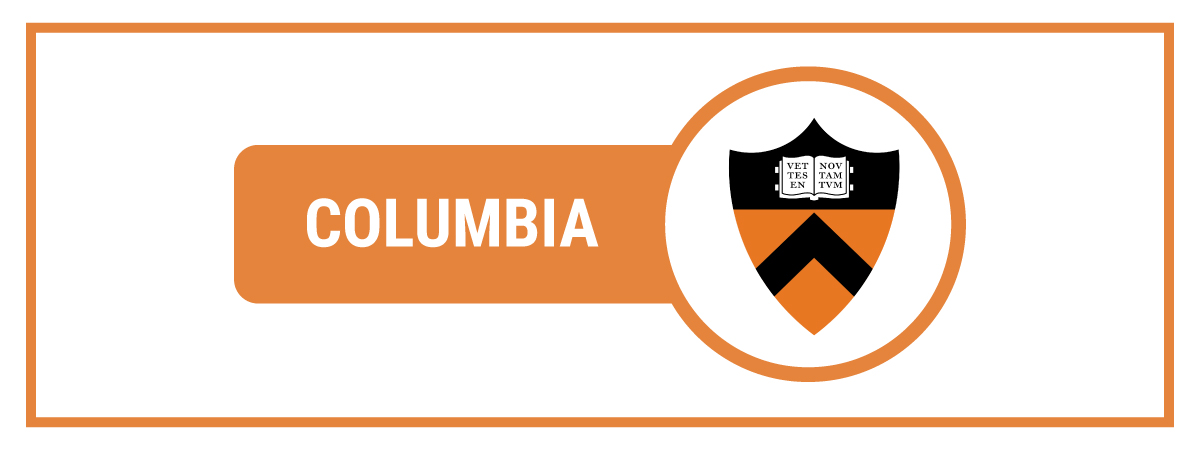
4. Columbia
Right on the heels of Yale is Columbia, the pinnacle of Ivy diversity located in the Morningside Heights neighborhood of Manhattan, in New York City.
Columbia accepts only 6% of applicants, and those admitted join the most diverse of the Ivy League schools, with 65 countries represented and a majority-minority student body (only 38% of students are Caucasian, the lowest in the Ivy League). Columbia’s top programs are Engineering, Social Sciences, and Biomedical Sciences. Notable alums include Barack Obama, Alicia Keys, and Kate McKinnon.
Columbia’s student-faculty ratio is 6:1, and 82.7% of its classes have fewer than 20 students, meaning students get incredible access to and attention from their instructors. Moreover, students have incredible opportunities for jobs and internships in the city that never sleeps, New York City.
Columbia’s cost of attendance is $78,585. However, it has a very generous financial aid program, with students expected to borrow $0, and students from families earning less than $60,000 paying no tuition. Ten years after graduation, Columbia graduates earn an average salary of $72,900.
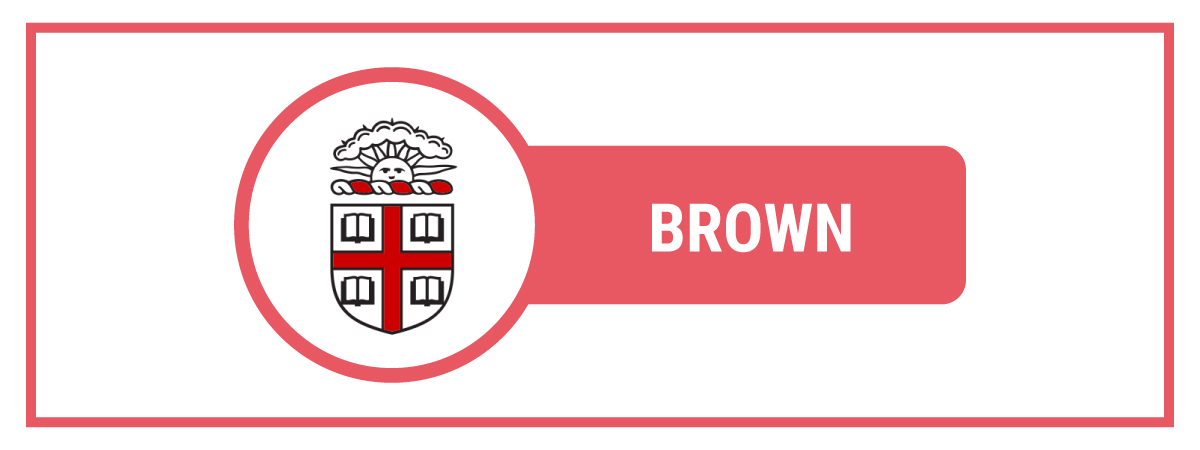
5. Brown
Brown has an acceptance rate of 9.3%, and half of its class were either valedictorians or salutatorians at their high schools.
Located in a leafy part of Providence, Rhode Island, Brown is among the quirkier of the Ivies, allowing students to forgo having a major and pick any classes they’d like. Some of its more well-known graduates are Emma Watson, John F. Kennedy Jr., and Ted Turner.
Course offerings at Brown include Love Stories, The Medieval King Arthur, Food and Drugs in History, Holocaust Literature, Reading Jazz, Skepticism and Knowledge, and Buddhism and Death. Among students who elect to have a major, the most popular majors are Biology/Biological Sciences, Economics, and Computer Science.
Brown’s cost of attendance, at $65,380, is lower than many other Ivy League schools, and the university pledges to meet 100% of student need. The average financial aid package is $45,071. And what tuition students do pay is a good investment: 10 years after graduation, the average alum earns a salary of $59,700.
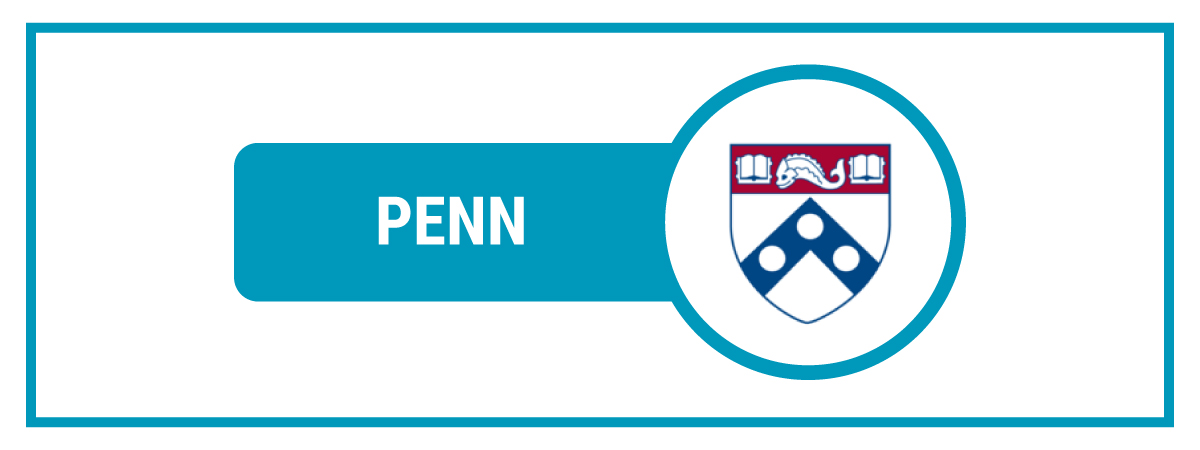
6. Penn
Coming in at sixth place is the rock-solid Penn, founded by Benjamin Franklin in 1740, and located in Philadelphia, Pennsylvania.
Penn accepts only 9.4% of applicants, and has a rigorous academic program, with popular majors including Finance, Economics, and Biology/Biological Sciences. Some famous Penn alums include Donald Trump, Warren Buffett, and John Legend.
Penn’s four undergraduate schools have course offerings including Cinema and Media Studies, Fine Arts, Government Administration, Nanotechnology, Naval Science, Social Work, and Theatre Arts. Penn’s brilliant student body (97% were in the top 10% of their high school class) benefit from great access to their professors, with a student-faculty ratio of 6:1.
Penn’s cost of attendance is $72,584, but substantial financial aid reduces the cost for most students. Students from families earning less than $40,000 per year pay nothing, those from families earning less than $75,000 receive free tuition and housing, and those from families earning between $75,000 and $140,000 typically receive full tuition. Not bad, when the average alum goes on to earn a salary of $78,200 ten years after graduation.
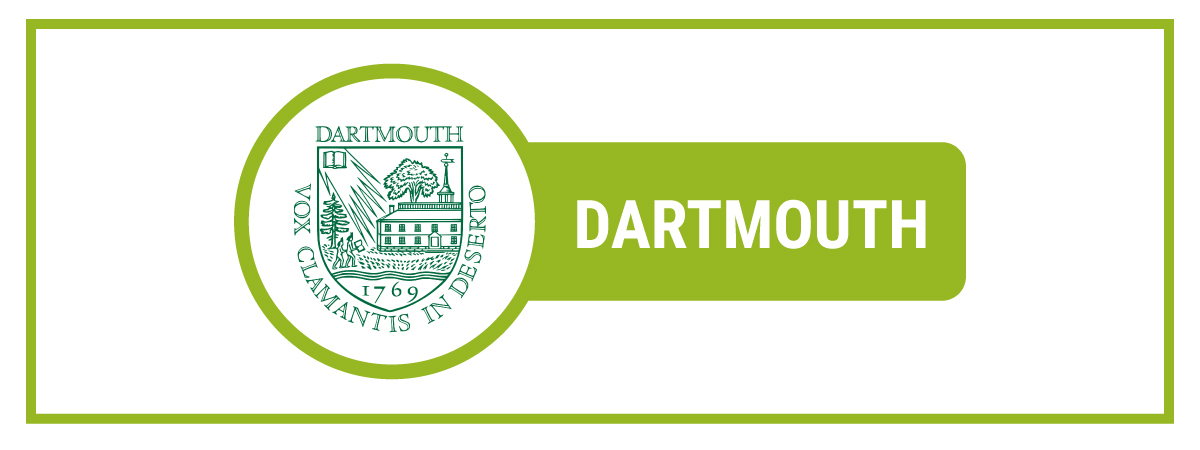
7. Dartmouth
The penultimate school in our Ivy rankings, Dartmouth has an acceptance rate of 10.5%, with the average accepted student boasting a GPA of 4.1 and an SAT score of 1510.
Located in rural Hanover, New Hampshire, Dartmouth is known for its high level of research activity, as well as its Economics program. Dartmouth graduates are highly sought after by investment banks. Well-known alums include Dr. Seuss, Shonda Rhimes (the creator of TV hits Grey’s Anatomy, Scandal, and How to Get Away with Murder), and Tim Geithner, Secretary of the Treasury in the Obama Administration.
63.8% of Dartmouth’s classes have fewer than 20 students, and the school has a student-faculty ratio of 7:1. Majors offered include Women’s Studies, Geography, Art History, and Drama and Theatre Production. The school’s political science department, ranked number one among U.S. undergraduate schools, has a number of prominent faculty members, including Stephen Brooks and Richard Ned Lebow.
The cost of attendance at Dartmouth is $67,044, although students from families earning less than $100,000 per year pay no tuition whatsoever. For those who do pay tuition, the average financial aid award is $47,794. Between 10 and 20 years after graduation, Dartmouth graduates earn more than graduates of any other college and university in the U.S., with an average of salary of $134,000. If it’s a large income you’re looking for, Dartmouth should be #1 on your list.

8. Cornell
Last on our list is Cornell, located in rural Ithaca, New York. Cornell has a higher acceptance rate than any other Ivy, with 16% of applicants making the cut.
Plenty of non-Ivy Schools, such as Stanford, MIT, and Duke, are more selective. Nevertheless, Cornell is famous for its Hotel Management program and boasts many successful alums, including Supreme Court Justice Ruth Bader Ginsburg, E.B. White (author of Charlotte’s Web and The Elements of Style), and Bill Maher.
Cornell students take 34 courses over eight semesters to graduate and have close to 80 majors to choose from, including Lesbian, Gay, Bisexual and Transgender Studies, Game Design, Inequality Studies, and Medieval Studies. Unique among Ivy League schools, Cornell also requires its students to pass a swimming test in order to graduate.
Cornell’s cost of attendance is $70,031, and its financial aid is considerably less substantial than the other Ivies, with the average award amounting to $28,600. If cost and student loan debt are your concerns, look elsewhere. Despite its cost, though, Cornell is a good investment: 10 years after graduation, the average salary of Cornell graduates is $70,900.
[leadmagnet_two]
Keep in Mind
When it comes to picking the right school for you, rankings don’t matter much.
Consider your own interests—academic, extracurricular, and athletic—and focus on schools that offer what you’re looking for. And think about your personal preferences, too: do you want a rural or urban setting, a campus or city feel, a large or small class, et cetera?
Being informed about what school best matches these considerations is likely to land you at the right college for you, rather than taking a glance at school rankings. For more information regarding Ivy League Schools, check out our college consulting specialists.
Good luck with your school search!
For more test strategy, college admissions, and scholarship application tips sign up for our FREE class happening right now!
Written by Dr. Shaan Patel MD MBA
Prep Expert Founder & CEO
Shark Tank Winner, Perfect SAT Scorer, Dermatologist, & #1 Bestselling AuthorMore from Dr. Shaan Patel MD MBA

Understanding the Benefits of the SAT
Preparing for the SAT may feel like an extra stressor in an already packed high school schedule, but the exam…
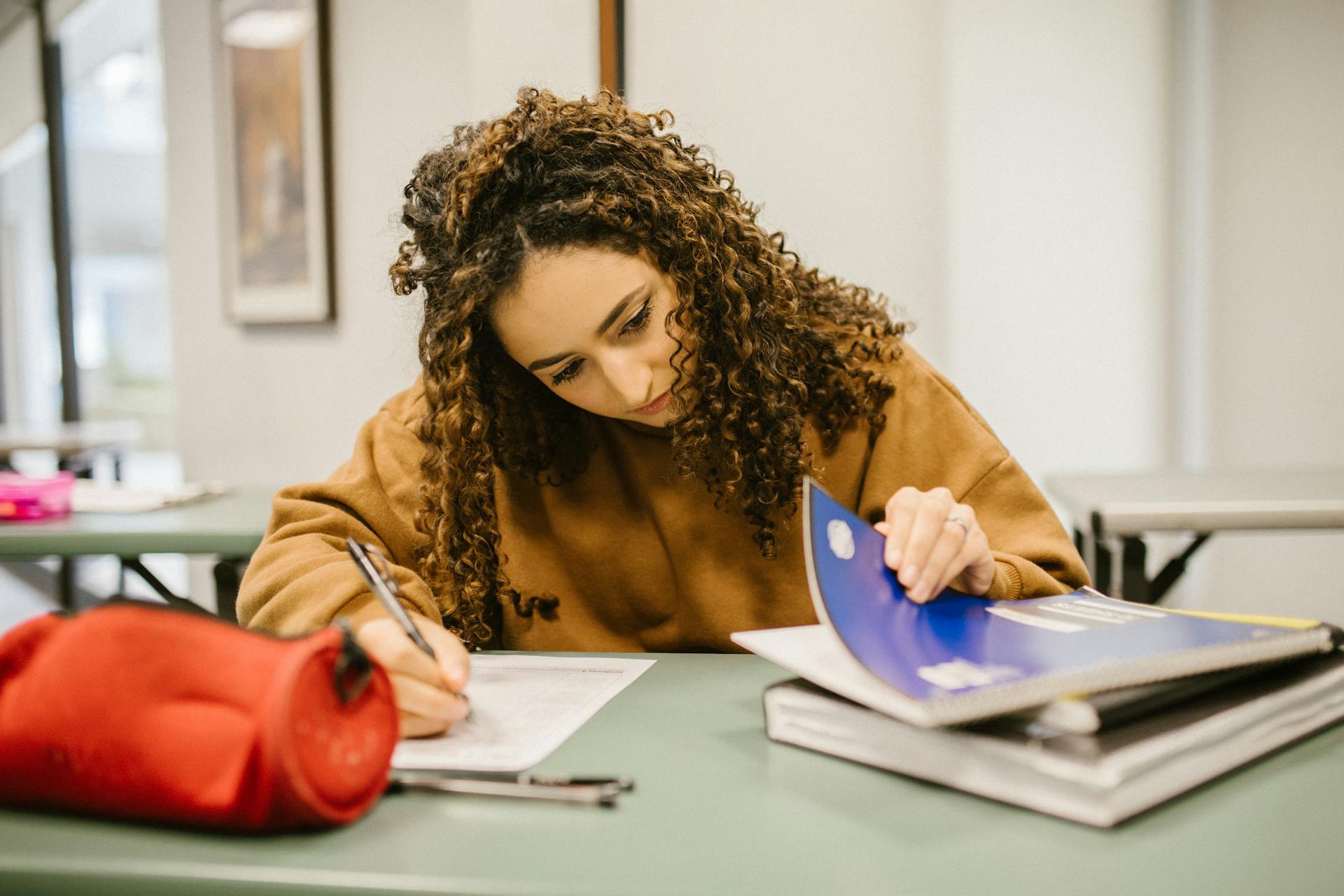
How Students Master SAT & ACT Test-Taking Strategies: A Multi-Student Look at Timing, Reading Techniques, and Math Shortcuts
Standardized tests are designed to feel tricky. They compress time, reward pattern recognition, and penalize hesitation. For many students, the…

The Many Benefits of the ACT
If you’re planning on attending a college or university in the US, you’re probably going to have to take a…